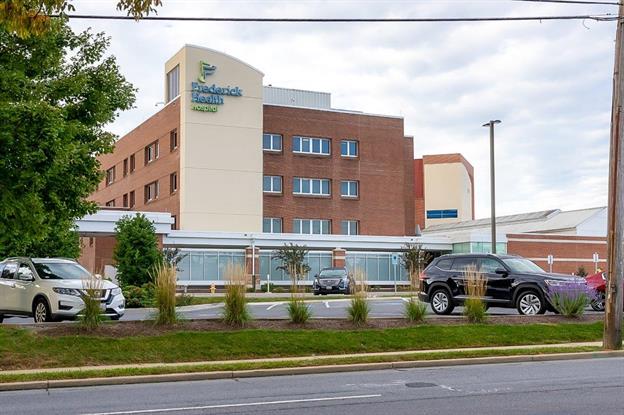After Your Procedure
Once the procedure is finished you will be moved from the cath lab to the recovery area. You will be closely monitored here while the sedation used during the procedure wears off. Once you are awake enough, you will be offered something to eat and drink. The doctor will meet with you and your family members to discuss the results of your procedure.
Depending on the site of catheter insertion, a rest period will be necessary. If you had a catheterization done through the radial artery in the wrist, you can sit up and be out of bed immediately with supervision. You may have to remain in bed for up to 6 hours to allow the access site to seal properly if the catheterization is done through the groin. It is extremely important that you remain still during this time to avoid any complications. Please ask staff for assistance if you need help or have a question. Medication changes may be made at this time depending on the findings during the procedure, and you will be instructed about any changes prior to discharge.
Once it has been determined that you are stable for discharge, you will be allowed to go home. Depending on the type of procedure, patients may stay overnight for observation and be discharged home the next day. A responsible adult must drive you home. You will not be discharged unless there is someone available to drive you home.
After Discharge from the Hospital
Set Up a Follow-Up Appointment
- Before you leave the hospital, you will be given instructions on when to follow up with your doctor. If possible, try to schedule the appointment before you leave the hospital.
- Please ask your doctor when you can resume driving.
- Depending on the approach of your procedure, there could be a restriction on lifting weight over 5-10 lbs for seven days after the procedure.
- You will be able to shower once you get home, though you are asked to avoid taking a bath (soaking a puncture site may cause bleeding or infection).
- If any new medications are added, prescriptions will be provided and instructions will be given on when to begin your new regimen.
Medication Safety
It is important to keep an up-to-date list with you and share it with your doctor at each visit. There are four main elements that should be included on your medication list:
- What you are taking (name)
- The strength (for example, number of milligrams) and how much you should take (dose)
- When to take it (frequency)
- What it is used for
Wound Care
In order to avoid wound infection after your procedure, you need to be diligent about wound care and hand washing. By following these tips, you will be less likely to get an infection:
- Keep the dressing clean and dry.
- Wash your hands thoroughly before touching the wound.
- Do not remove the dressing and don’t let anybody touch the dressing or the wound unless otherwise instructed by your physician.
- Do not probe, pick at, or squeeze your wound.
- Follow your doctor’s instructions for wound care.
- Contact your doctor immediately if you experience any symptoms that may indicate an infection, such as unexpected pain, chills, fever, excessive wound drainage, increasing redness, or swelling

